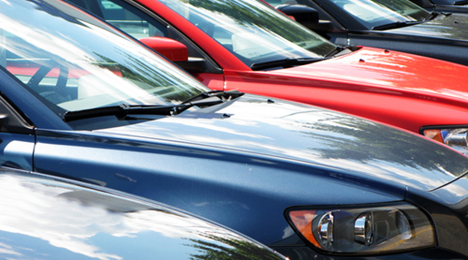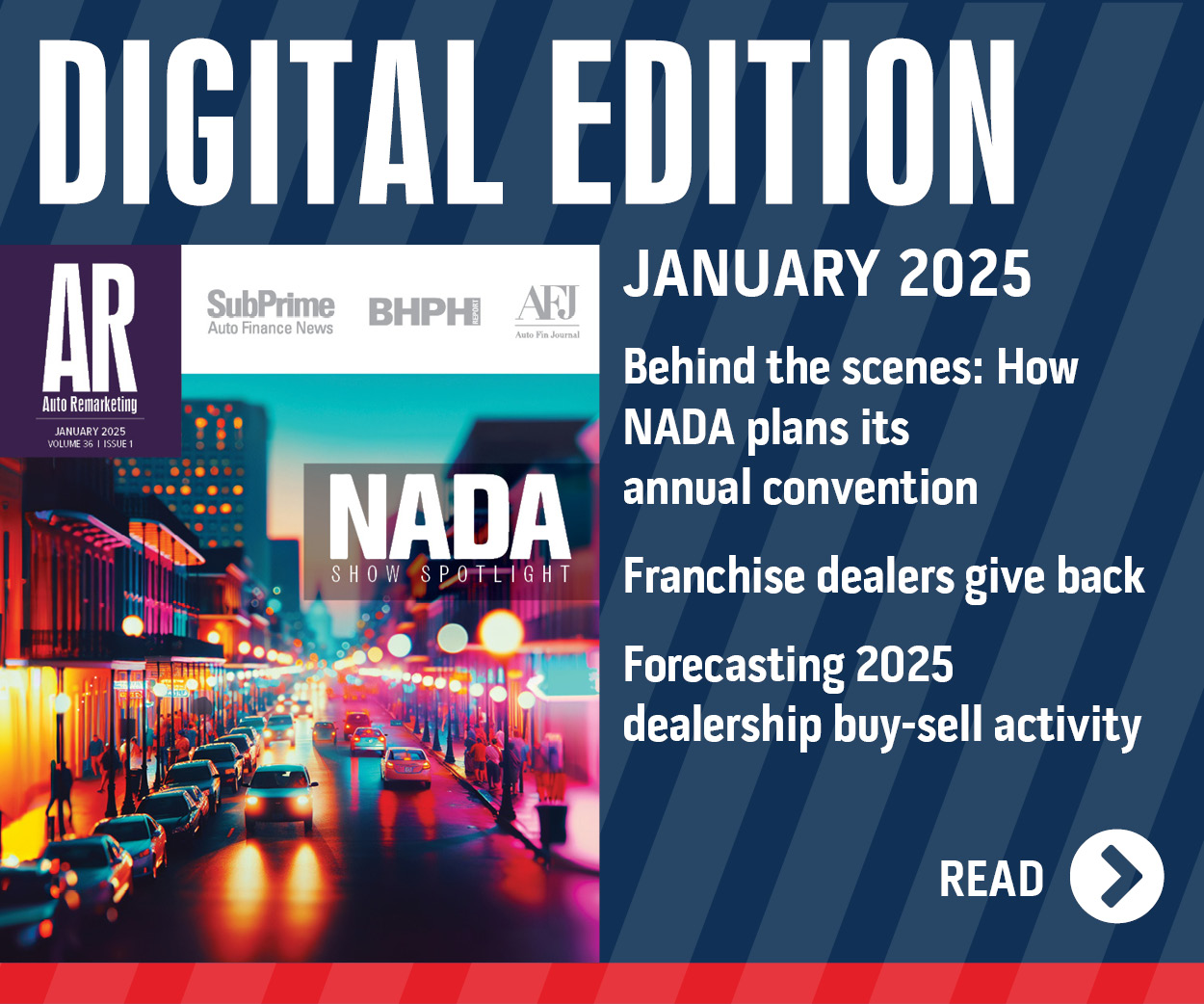Current Leasing Levels Might Actually Be Just Right

If managed correctly, these high lease penetration rates the industry is seeing might actually be a good thing.
In spite of apparent trepidation by some in the business, several analysts at last month’s NADA Convention & Expo were pointing to a healthy leasing market, one that is likely beneficial for consumers, dealers and automakers, alike — again, if they’re managed correctly.
During Manheim’s press conference at the convention, chief economist Tom Webb recapped leasing trends by dividing his analysis into a few “facts” and “opinions.”
Among the facts: leasing has climbed from a cyclical trough of 1.1 million units in 2009 to 3.2 million in 2012. And among the opinions was this one that Webb used to close his analysis on leasing:
“The lease penetration rate is not too high; it is too low,” Webb said. “I firmly believe that there are more people today in a long-term retail contract that should be in a lease as opposed to people in a lease that should be in a retail contract.”
Rising Share
Lease penetration figures tend to vary from analyst to analyst, and are subject to whether they’re being measured as leasing’s share of new-vehicle financing or leasing’s share of all new-vehicle transactions (financed or otherwise).
But it’s clear that lease penetration and originations have been rising, nonetheless.
Here’s what data from Experian Automotive says about the rise in lease penetration: In the fourth quarter of 2008, leases represented just more than 19 percent of all new-vehicle financing and just under 15 percent of all new-vehicle transactions. When looking at the early portion of Q4 2013 (October and November), those numbers jumped to 28.28 percent and 23.7 percent, respectively.
Melinda Zabritski, senior director at Experian Automotive, said that people she spoke with at AFSA’s Vehicle Finance Conference that preceded NADA were pointing to those high levels of leasing continuing.
“I don’t how sustainable that is, quite honestly, especially if now you’re dealing with competing against your own new-vehicle releases. But at least right now, it’s certainly beneficial to rebuild those (used-car) inventories,” Zabritksi told Auto Remarketing during an interview at NADA.
In weighing whether the current leasing level is healthy, Zabritski says there is a lot to take under consideration.
“You drive customer loyalty; people that lease are more likely to go back to the same brand. So from a manufacturer’s standpoint, it helps to drive loyalty and bring them back … you’re guaranteed to bring this person back to market,” she said.
And from the consumer standpoint, it can offer them things like lower payments and more affordability. However, it’s also important to weigh the consumer expectation, timing on return to market, whether it’s the right product for the shopper and whether the consumer understands leasing.
“I think as long as it’s well educated and well communicated, I think it can be a great product to continue to drive sales, bring the consumer back to market, and keep them more current for payments, considering you’re not going to run into as many delinquencies as you do across other things,” Zabritski said, noting that on an overall basis, leasing does tend to be geared to more prime credit tiers.
Historically Speaking
Despite the recent surge in leasing, the industry is “nowhere near the accelerated levels of leasing that we had in the ‘90s,” NADA Used Car Guide’s Jonathan Banks said in a press conference at the convention.
“Back in the ‘90s, I was over at ALG. I saw the programs they were running, and we all know what that pool of vehicles looked like, too,” he said. “It was a very aggressive program just to push volume. Today it’s a much different dynamic: better programs, more targeted programs, better credit rating for leasing customers, still. So, it’s a much healthier leasing market at 20 percent than what we had back in the late ‘90s.”
But the industry should be careful not to repeat the patterns seen 15 to 20 years ago. Banks told Auto Remarketing in an interview at NADA that he likes where automakers are right now in terms of new-vehicle production, but he finds it concerning to see “virtually every manufacturer investing in more capacity.”
“l like 90-percent plant utilization. I like third shifts. I like the message that manufacturers are putting out. I like manufacturer profitability,” he said. “But now … they perhaps could go back to the old ways of getting into these market-share battles, because everyone has great product.”
Banks went on to note that single-digit new-vehicle sales growth is likely for the next few years and it’s possible the market flattens out.
“Maybe the market is 16.5 (million annual new-vehicle sales). We know it isn’t 17 (million),” he said in the interview.
“We did (17 million new-vehicle sales) with a lot of ways that hopefully are never replicated again. Now you add all this capacity in a market that maybe is a 16.5, and then you get into, ‘OK. Who’s going to be the first one to blink?”
NADA’s Larry Dixon would add at that point, “And there’s where I think the lease concern comes into play, in that it begins to reduce credit standards that increases business for leasing beyond where they are today.”
And that, Dixon says, means “kind of a contrived shift over into leasing” that could lead the industry back to where it was on the leasing side in the late ‘90s, which was not an ideal level.
Dixon said current leasing penetration levels (20 percent, according to NADA) are ideal, and could even stand an increase of a few points (up to 25 percent), provided that the leases are written for the right customers.
In its 2014 Used Car Market Report, Manheim outlined a few key reminders to help ensure an ideal scenario. The report suggests that “the sheer volume of new lease originations could pose a challenge to remarketers in future years. The key will be the level of subvention entailed in the original lease.
“When not overly subvented at origination, a lease return is viewed by the lessor and grounding dealer as an opportunity to sell a satisfied customer another car,” the report continues. “But, if overly subvented, that lease return can start a downward spiral in both residual values and customer satisfaction.”

 View The Latest Edition
View The Latest Edition

